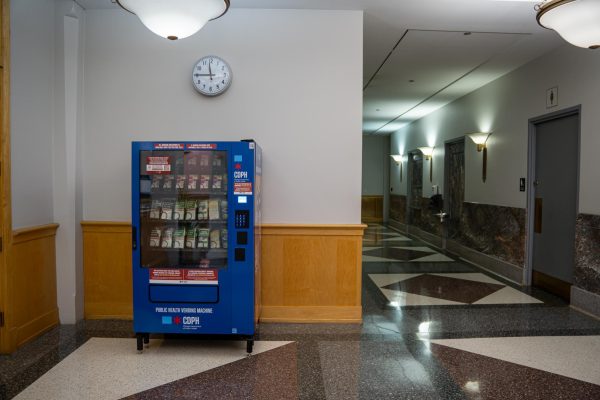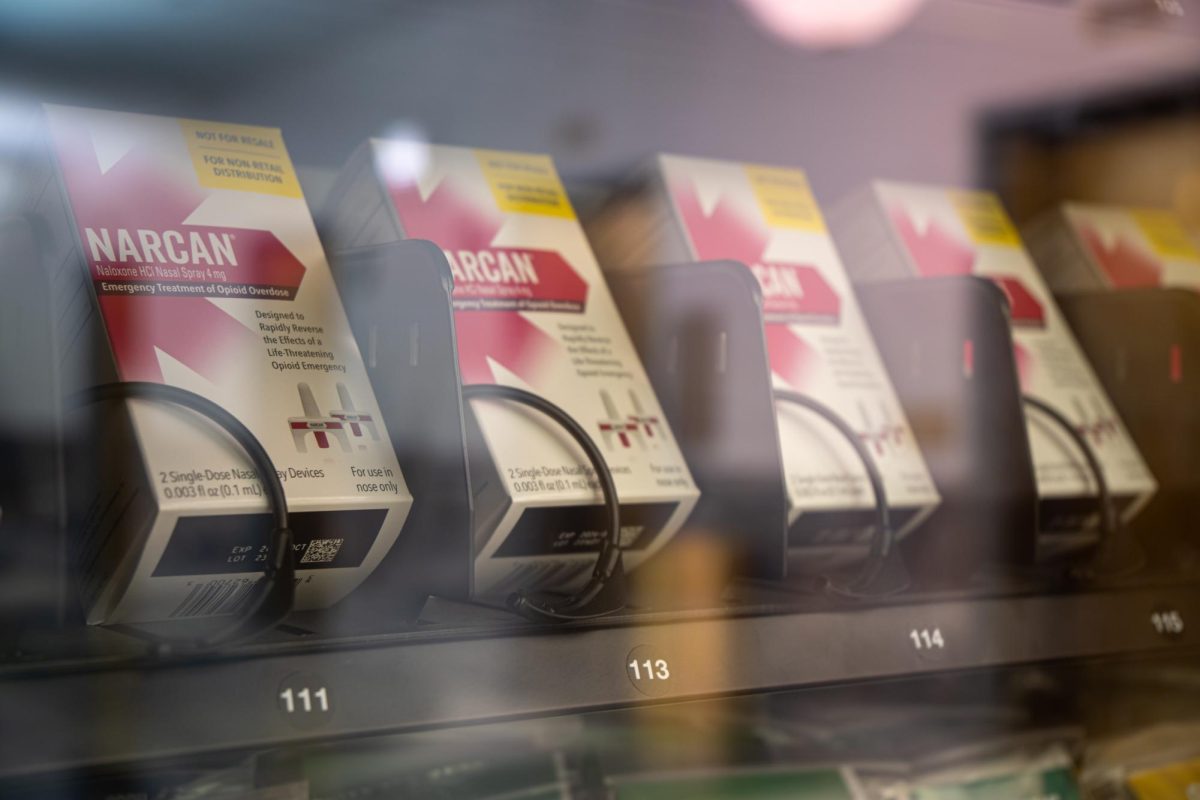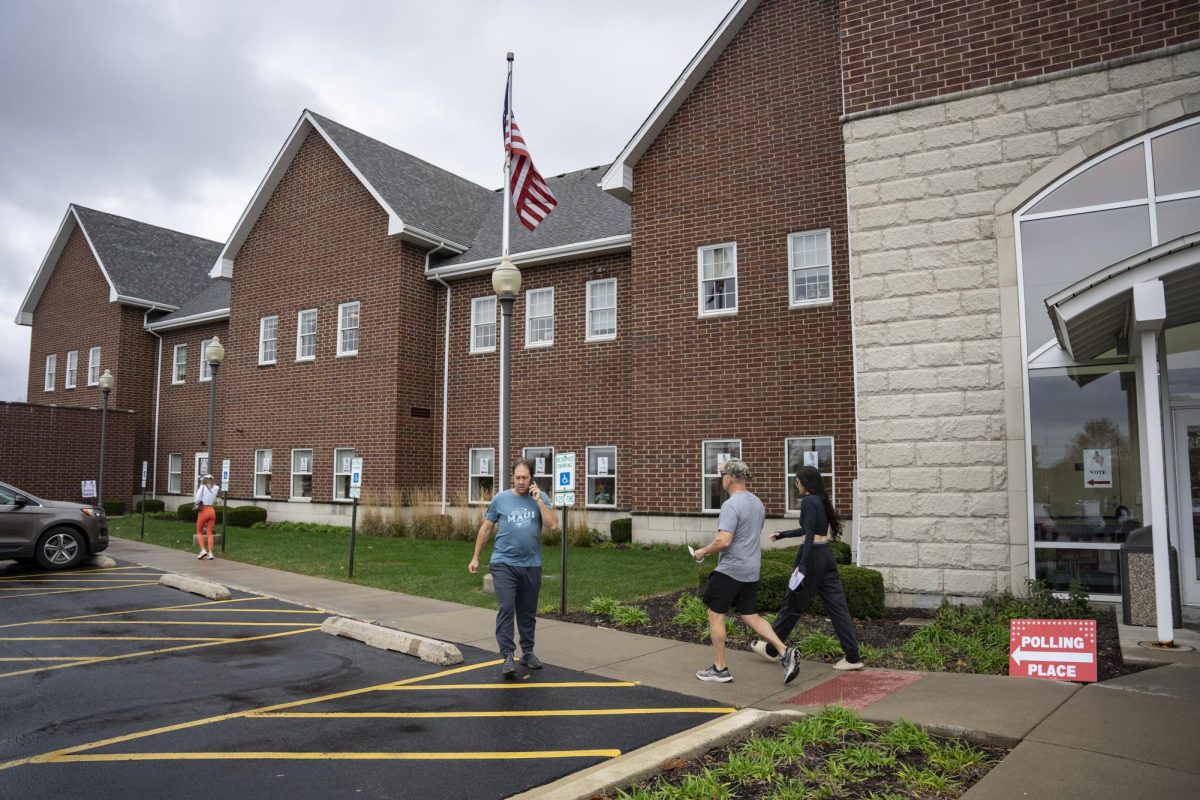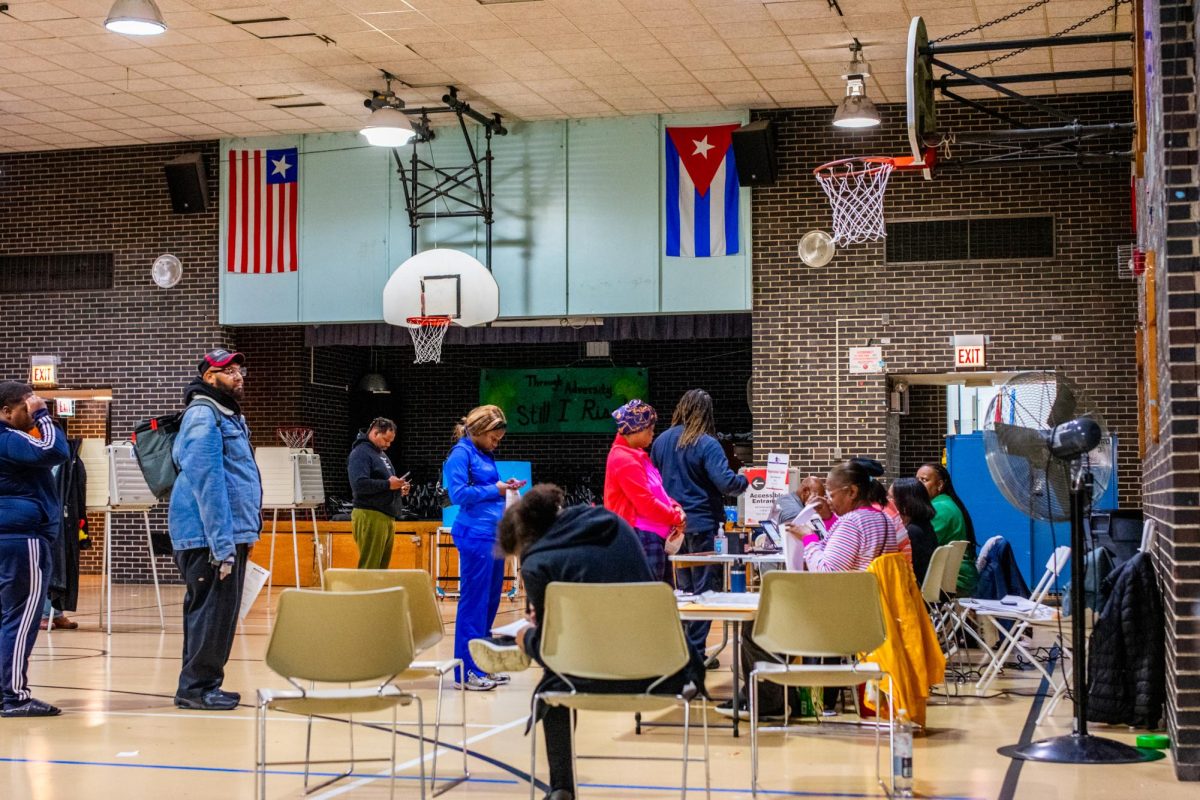The opioid crisis has become a significant public health concern in Chicago, and like many other urban centers, the number of opioid overdoses in public spaces is on the rise.
To combat the issue, the Chicago Department of Public Health has partnered with The West Side Opioid Task Force and the Chicago Transit Authority to offer Narcan in vending machines throughout the city. Narcan is a medication used to rapidly reverse opioid overdoses.
The Cook County Medical Examiner reported earlier this year that it was on pace to match 2022’s record for opioid overdose deaths. While it was still awaiting the results of hundreds of toxicology tests, it confirmed 1,540 opioid overdose deaths for 2023. The vast majority of those deaths – 90% – involved fentanyl.
The medical examiner anticipated that more than 400 of its pending cases will be due to opioid toxicity, putting the final number for 2023 near 2022 totals.
Nationwide, drug overdose deaths rose from 2019 to 2022 with 107,941 drug overdose deaths reported in 2022, according to the National Institute on Drug Abuse. Deaths involving synthetic opioids other than methadone, primarily fentanyl, continued to rise with 73,838 overdose deaths reported in 2022.
In an in-depth look at the issue, the Chicago Reader reported in fall of 2023 that 158 people had died from overdose on the CTA between 2018 and 2022.
While the introduction of the Narcan vending machines marks a positive step in addressing the ongoing opioid crisis, challenges persist due to insufficient training for city employees and lack of public education.
In response to public and political pressure, the CTA has offered “Chat with CTA chatbot,” a virtual automated service to support customer feedback for non-emergency topics. In support of CTA’s quarterly meeting,” $30.9 million was spent on dozens of K9 units and teams and nearly $24 million for private security services, including more than 33,000 cameras.
“I ride the bus and train every day for work, and I see more people passing out and using on the L than when I was in high school,” said Cynthia Marie, 32, of Chicago. “It’s sad because they keep bringing more of those dogs and increase police presence, which just makes people feel more intimidated.”
So far, the Chicago Department of Public Health has piloted five harm-reduction vending machines throughout the city. Since Narcan requires a temperature-controlled environment and the CTA is open to the public, distribution is done through the vending machines, which require electricity.
“We believe that co-locating the vending machines in transit is important,” said Dr. Jenny Hua, medical director for behavioral health for the Chicago health department.
The Narcan vending machines are only a one-year harm-reduction program based on feasibility and data collection.
There is currently one machine located in the South Loop on the 3rd floor of Harold Washington Library.

Access to vending machine items require for the user to get a PIN code. Codes are received after providing a zip code of the most recent residence and optional demographic information, which allows the health department to evaluate the effectiveness of the program. Narcan does not require an individual PIN and can be accessed from any of the five locations simply by keying in “1234.”
As of March 13, 1,245 PIN codes have been distributed. Of them, 625 PINs were used for a total of 3,449 products distributed from all five machines.
Narcan also is kept at the reference desk at the Harold Washington Library and available on all floors of the library. Staff members recently were trained to administer to those who may need it. Sessions for harm-reduction training are available for free for both members of the public and city employees through the health department on a monthly basis.
“We would love for city staff to have more awareness around harm reduction,” said Hua. “In terms of expansion, we collect data on where emergency medical services are deployed most frequently across the city in response to opioid overdoses so that we can gather feedback on which sites can potentially reach the most high-risk people.”
Locations for the vending machines were chosen based on community input and high foot traffic from those potentially at high risk for overdose.
Along with Narcan, public riders also can access fentanyl testing kits, general hygiene products, menstrual hygiene products and socks and underwear. The machines work like regular vending machines and all items are free for public use.
“I didn’t even know that machine existed,” said Charles Powell, 56, of Chicago. “If you really think about it, the train conductor can’t really help without disrupting the flow of traffic, so I guess that’s the city’s next best solution.”
The CTA entered an intergovernmental agreement with the Health Department to place one of the vending machines on CTA property. That vending machine at the 95th Street Red Line location was chosen based on several factors including number of riders, space, and electricity access.
“CTA’s mission is public transportation, and we are partnering with CDPH and others to try to address all the societal challenges that occur on the system every day,” said Nancy-Ellen Zusman, CTA chief safety and security officer. “There are currently no plans to train CTA staff on the use of Narcan.”
How the community can get involved:
Pastor Fanya Burford-Berry, director of West Side Heroin/Opioid Task Force, said ridership education is key to essential harm-reduction practices since riders are the closest thing to someone experiencing an overdose.
“You come to this vestibule and usually see a ticket taker if there is one behind this large glass case and then it’s just you on the platform,” Burford-Berry said. “There’s no CTA workers in the cars, so the goal is really to educate everyone by investing in the people to make it a more kind and informed experience.”
The state’s 2010 Good Samaritan law allows for Illinois non-medical persons to administer the drug overdose reversal medication naloxone to individuals to prevent an overdose from becoming fatal. At some vending machine sites, staff members are trained to use Narcan and have it readily available to administer.
For social worker and harm-reduction advocate Sheila Haennicke, her son’s overdose death on the CTA Blue Line prompted her to write a letter to CTA President Dorval Carter Jr. urging for CTA staff to be trained on how to administer Narcan.
“I thought that in the event that somebody had access to it [Narcan] could have helped my son, and it could help others too; I ride the CTA a lot and see a lot of people under the influence,” said Haennicke. “I learned about the West Side Opioid Task Force, got to know the group, and proposed this idea of trying to get Narcan on the CTA.”










